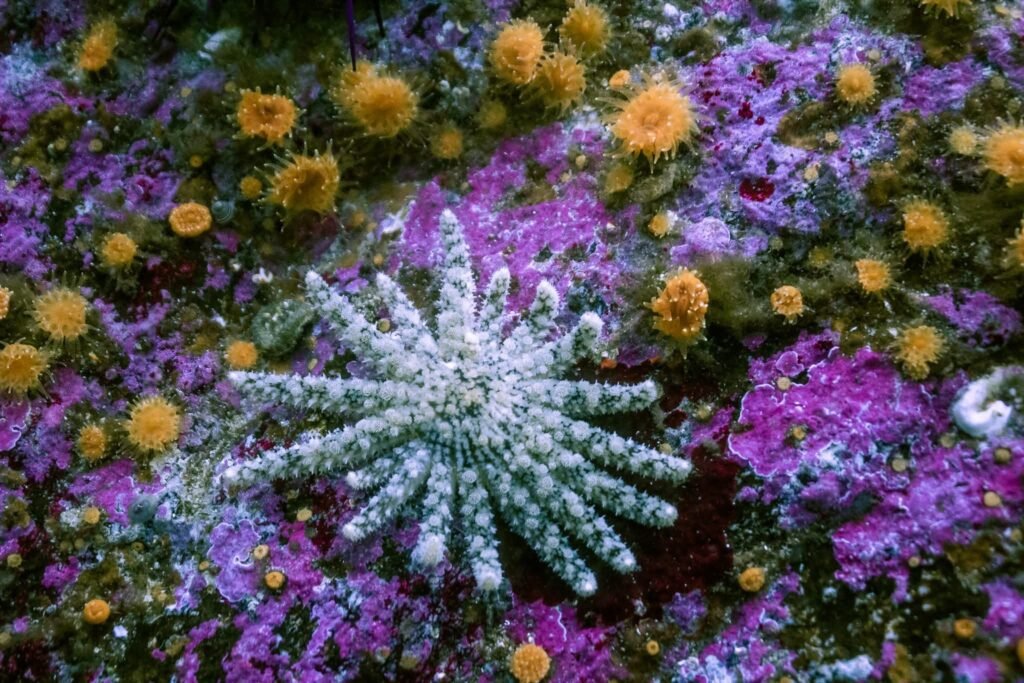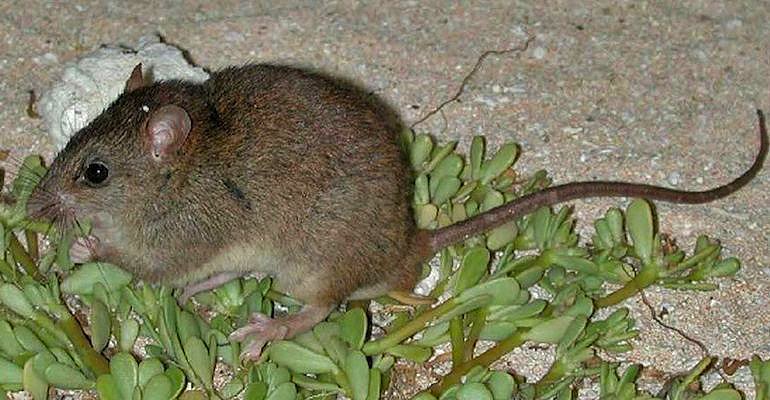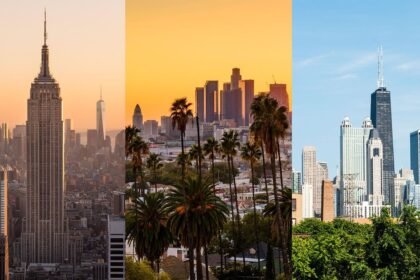Climate Change Threatens Species and Drives the Biodiversity Crisis
Climate change threatens species worldwide and is no longer a distant or abstract danger. A new analysis of over 70,000 wild animal species reveals that climate change now poses a serious risk to thousands of them. This threat adds to existing challenges like habitat loss and overexploitation. With nearly 5% of assessed species impacted by climate-related factors, scientists warn that the biodiversity crisis is rapidly worsening..
How Climate Change Threatens Species Across Land and Sea

Climate change threatens species worldwide, becoming one of the leading causes of biodiversity loss. Recent research shows that over 3,500 wild animal species are directly impacted as climate change threatens species through rising temperatures, droughts, floods, storms, and ocean acidification. This study, published in BioScience, highlights that climate change threatens species especially among ocean invertebrates, many of which face mass die-offs due to these changing environmental conditions.
Ocean Invertebrates: Vulnerable Species Threatened by Climate Change
Climate change threatens species, especially marine invertebrates such as mollusks, sea stars, corals, and horseshoe crabs. The ocean absorbs around 90% of the excess heat generated by greenhouse gas emissions, turning it into a major hotspot for climate-related stress. Since many marine invertebrates are immobile or slow-moving, their ability to escape rising ocean temperatures is severely limited. Additionally, climate change threatens species through ocean acidification, which disrupts the formation of calcium carbonate, weakening the shells and reefs that these organisms rely on for survival.
A Hidden Crisis: How Climate Change Threatens Marine Species Amid Data Gaps

The real scope of the crisis may be even larger. According to marine conservation authorities, only 15% of the species assessed by the IUCN Red List are marine species, and only 20% of those are invertebrates. That leaves a significant knowledge gap. Experts warn that we may be flying blind when it comes to understanding the full impact of climate change on ocean biodiversity.
Small Creatures, Big Impact: How Climate Change Threatens Invertebrate Species
While large animals like polar bears and sea turtles often symbolize the climate crisis, many of the most critical species being affected are small invertebrates. Bees, corals, and spiders — key providers of pollination and ecosystem stability — are increasingly suffering. As these species disappear, the food chains and ecological processes they support begin to unravel.
Mass Die-Offs as Warning Signals
From heatwaves to disrupted food webs, the study documents numerous examples of mass mortalities linked to climate change:
- Israel’s mollusks: Populations declined by 90% in 15 years.
- 2021 Pacific Northwest heatwave: Killed over a billion marine animals.
- Snow crabs in the Bering Sea: Over 10 billion lost between 2018–2021.
- Humpback whales: Thousands died in the northern Pacific Ocean.
- Bramble Cay melomys: First mammal declared extinct due to climate change.
These events are not isolated but part of a growing pattern of ecological collapse driven by climate extremes.
How Climate Stress Affects Land Animals

On land, animals are facing their own climate-induced crises. Rising temperatures, shifting precipitation patterns, and severe weather events are destroying habitats and reducing food availability. Bumblebee populations, for example, are collapsing across Europe and North America. More than 60 bumblebee species are now locally extinct due to extreme heat.
The Domino Effect: Ecosystems in Jeopardy
When one species collapses, it affects many others. Ecosystems are interconnected webs, and losing keystone species can set off a chain reaction. Pollination, nutrient recycling, and natural pest control services decline. Human societies, reliant on these services, also feel the consequences through reduced food security and health impacts.
Monitoring the Collapse: A Call for a Global Database
To track and understand the impacts of climate change on wildlife, researchers recommend creating a global database of mass mortality events. Such a database could document the species affected, location, cause, and intensity of climate-induced die-offs. An existing model is the T-MEDNet initiative in the Mediterranean Sea, which could be expanded globally.
Filling the Data Gaps: Urgent Need for Assessments
With only 5.5% of Earth’s species currently assessed by the IUCN Red List, the true extent of the biodiversity crisis is likely underestimated. Immediate efforts are needed to evaluate more species, especially underrepresented groups like marine invertebrates. These assessments can inform risk models and guide global conservation priorities.
Climate and Biodiversity Policy Must Converge
Conservationists emphasize the need for integrated policy solutions. Climate action and biodiversity protection must go hand-in-hand. Governments should not treat them as separate issues. Bold policies must reduce greenhouse gas emissions while also preserving critical habitats and protecting threatened species.
The Role of Fossil Fuels in the Crisis
Fossil fuel combustion remains the leading driver of climate change. In 2024 alone, global carbon dioxide emissions reached 41.6 billion metric tons — a record high. Rapidly phasing out coal, oil, and gas is essential to curbing the worst impacts on biodiversity. Without deep and immediate cuts, the future of countless species remains uncertain.
Public Action: What Individuals Can Do
Everyone has a role in preventing biodiversity loss. Individuals can support climate-conscious policies, reduce their carbon footprints, and advocate for stronger environmental protections. Raising awareness and pushing for accountability from governments and corporations are key steps in safeguarding Earth’s biodiversity.
The Future Depends on Us
Climate change is not a looming threat — it is here and it is already decimating wildlife. From ocean invertebrates to land mammals, no group is immune. Without rapid and coordinated global action, we risk losing not just individual species but the very ecosystems that sustain life. This pivotal moment demands immediate attention, scientific collaboration, and public commitment to reverse the tide of biodiversity loss.




